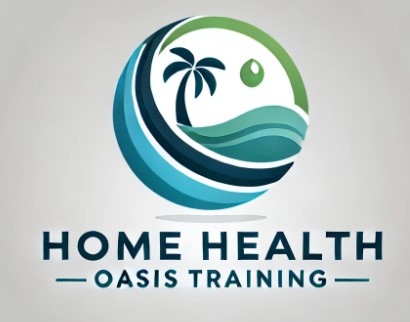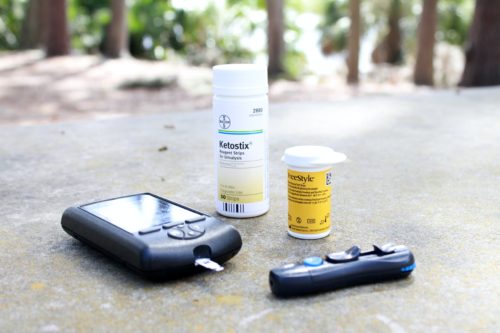Nurse Teachings on Beta Receptors for Management of Hypertension
Patient/caregiver was educated on Beta receptors used to management of hypertension as follows:
- Beta receptors basically are of 2 types: Beta-1 receptors found in the natural pacemakers of the heart, SA node and AV node and cardiac muscle. Beta-2 receptors found in the vascular smooth muscle and smooth muscle of the bronchi and bronchioles.
- Beta receptors respond to catecholamines (adrenaline and noradrenaline) in the human body, to bring on some important physiological actions.
- Stimulation of Beta-1 receptors in the heart by adrenaline results in excitation of the pacemaker, leading to increased heart rate and increased force of contraction of cardiac muscle, leading to improved pumping action of heart.
- Stimulation of Beta-2 receptors in the vascular smooth muscle and the smooth muscle of bronchi and bronchioles by adrenaline results in relaxation of the smooth muscle in both these sites, thus contributing to vasodilation and bronchodilation. Vasodilation results in reduced blood pressure and bronchodilation results in improved airflow and ease of breathing.
Editor's Pick
Leave A Comment
Related Posts
Transition from OASIS-E to OASIS-E1: Key Changes and Implications for […]
Importance of Clinical Narrative and Nurse Teachings while Documenting Home Health OASIS Assessments
Importance of Clinical Narrative and Nurse Teachings while Documenting Home […]
Navigating the Complexities of Medicare and Medicaid Reimbursement for Home […]
Engaging Your Team Around the IPR: Turning Data into Motivation […]
Engaging Your Team Around the IPR: Turning Data into Motivation […]

